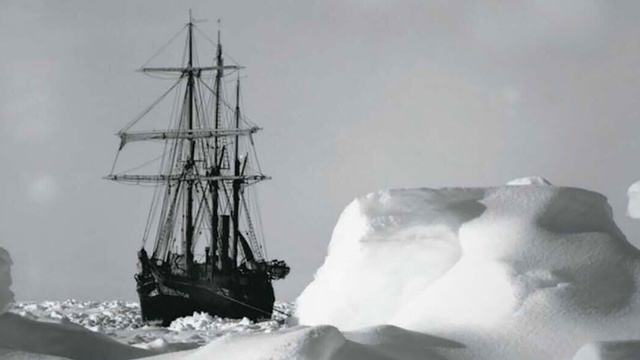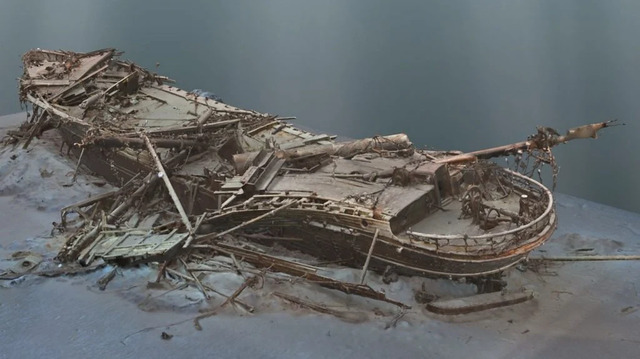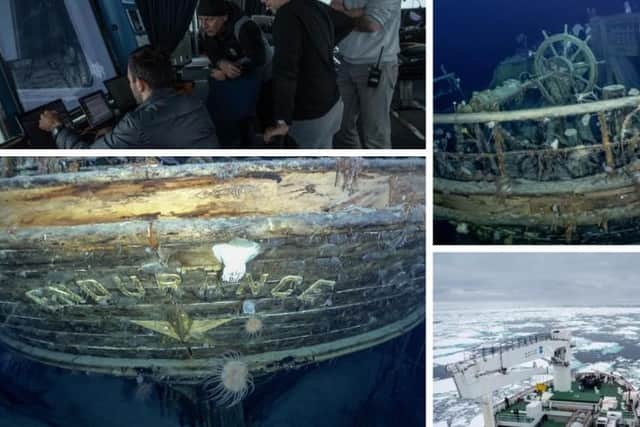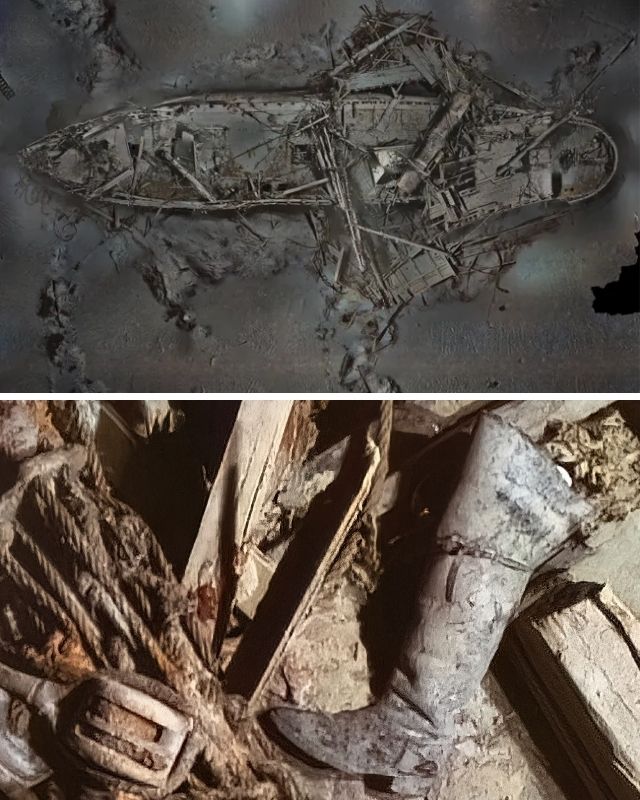Beneath the frozen waters of the Weddell Sea, a legend lay hidden for over a century. Shackleton’s Endurance, a vessel that witnessed one of the most heroic survival stories in history, has been rediscovered in breathtaking detail. Thanks to cutting-edge 3D scanning technology, the story of this extraordinary shipwreck now resurfaces, offering a window into the past like never before. Join us as we uncover the secrets of Endurance, a ship that defied time and nature, and discover how its story continues to inspire awe in the modern world.
The Sinking of the Endurance
The journey of Endurance began as an ambitious attempt to achieve what no explorer had done before—crossing Antarctica from coast to coast. Led by Sir Ernest Shackleton in 1914, the Imperial Trans-Antarctic Expedition promised to push the limits of human endurance in one of the harshest environments on Earth. However, by early 1915, the unforgiving Weddell Sea had other plans. Encased in thick pack ice, Endurance became immobilized, and the dream of transcontinental exploration quickly transformed into a battle for survival.

For months, Shackleton and his crew lived on the ice, enduring relentless cold, isolation, and dwindling supplies. The ship groaned under the pressure of the shifting ice, until November 21, 1915, when it was crushed and sank, leaving the crew stranded. With no means of communication and little hope for rescue, Shackleton led his men on an epic journey across ice floes and treacherous seas, eventually securing their survival. This tale of leadership and determination remains one of the most celebrated in the history of exploration.
Rediscovering a Legend
Despite its historical significance, the exact location of Endurance remained elusive for over a century. Numerous attempts were made to find the wreck, but the harsh conditions of the Weddell Sea—marked by ice-choked waters and depths of nearly 3,000 meters—posed challenges too great to overcome.
The breakthrough came in March 2022, when the Falklands Maritime Heritage Trust successfully located the wreck. Using a combination of advanced sonar and autonomous underwater vehicles (AUVs), the team meticulously combed the seafloor. Their perseverance paid off when they found the ship in an astonishingly well-preserved state.

The frigid Antarctic waters, free from wood-eating microorganisms, had acted as a natural preservative, keeping Endurance intact. This discovery not only reignited global interest in Shackleton’s expedition but also marked a milestone in underwater archaeology.
Unveiling the Wreckage
The unveiling of Endurance in stunning 3D detail represents a monumental achievement in archaeological documentation. By stitching together over 25,000 high-resolution images, researchers created a comprehensive digital reconstruction of the wreck, revealing its intricate features as if frozen in time.
The scans highlight the ship’s remarkable preservation. From its sturdy wooden hull, still bearing the scars of its icy demise, to its detailed rigging and anchors, every aspect of the ship tells a story. The name “Endurance,” still visible on the stern, stands as a haunting reminder of the vessel’s resilience.

Perhaps most intriguing is the insight these scans provide into the craftsmanship of early 20th-century shipbuilding. Designed to withstand extreme polar conditions, Endurance was a marvel of engineering for its time. The scans allow historians and engineers to study the materials and techniques used, offering a rare glimpse into the era of heroic exploration.
Historical Significance of the Find
The rediscovery of Endurance is far more than an archaeological triumph; it is a testament to the enduring human spirit. The ship represents not only the ingenuity of its builders but also the resilience and bravery of Shackleton’s crew, who overcame unimaginable odds to survive.
For historians, the wreck serves as a time capsule, preserving a pivotal moment in the history of exploration. The detailed scans provide invaluable data, allowing researchers to deepen their understanding of the challenges faced by early polar expeditions. Beyond its historical value, Endurance stands as a symbol of perseverance, reminding us that even in the face of overwhelming adversity, the human spirit can prevail.

Challenges in Surveying the Wreck
The success of the Endurance survey was not without its challenges. The Weddell Sea remains one of the most inhospitable environments on Earth, characterized by extreme cold, unpredictable weather, and dense sea ice. Conducting research in such conditions required the use of cutting-edge technology and innovative approaches.
The AUVs deployed during the expedition were equipped with state-of-the-art sonar systems and high-resolution cameras, capable of operating in the harshest underwater conditions. These vehicles methodically mapped the seafloor, capturing thousands of images that were later assembled into the detailed 3D scans. The meticulous process ensured that the wreck was documented without causing any physical disturbance to its fragile state.
Global Impact of the Discovery
The discovery of Endurance has captivated audiences worldwide, reigniting interest in one of the greatest exploration stories of all time. For archaeologists and historians, it represents a rare opportunity to study a remarkably preserved artifact from the early 20th century. For the broader public, it is a reminder of the extraordinary feats achieved during the heroic age of exploration.

The global fascination with Endurance also underscores the importance of protecting underwater cultural heritage. Recognizing the wreck as a site of historical significance, researchers have ensured that it remains undisturbed, preserving its legacy for future generations. This responsible approach highlights the growing emphasis on sustainable archaeology, balancing the quest for knowledge with the need to safeguard our shared history.
Conclusion
The rediscovery of Endurance is a powerful reminder of human resilience and the enduring spirit of exploration. As the ship emerges from the icy depths through stunning 3D scans, its story continues to inspire generations. This remarkable find bridges history and modern technology, ensuring Shackleton’s legacy remains a symbol of courage and perseverance for years to come.
